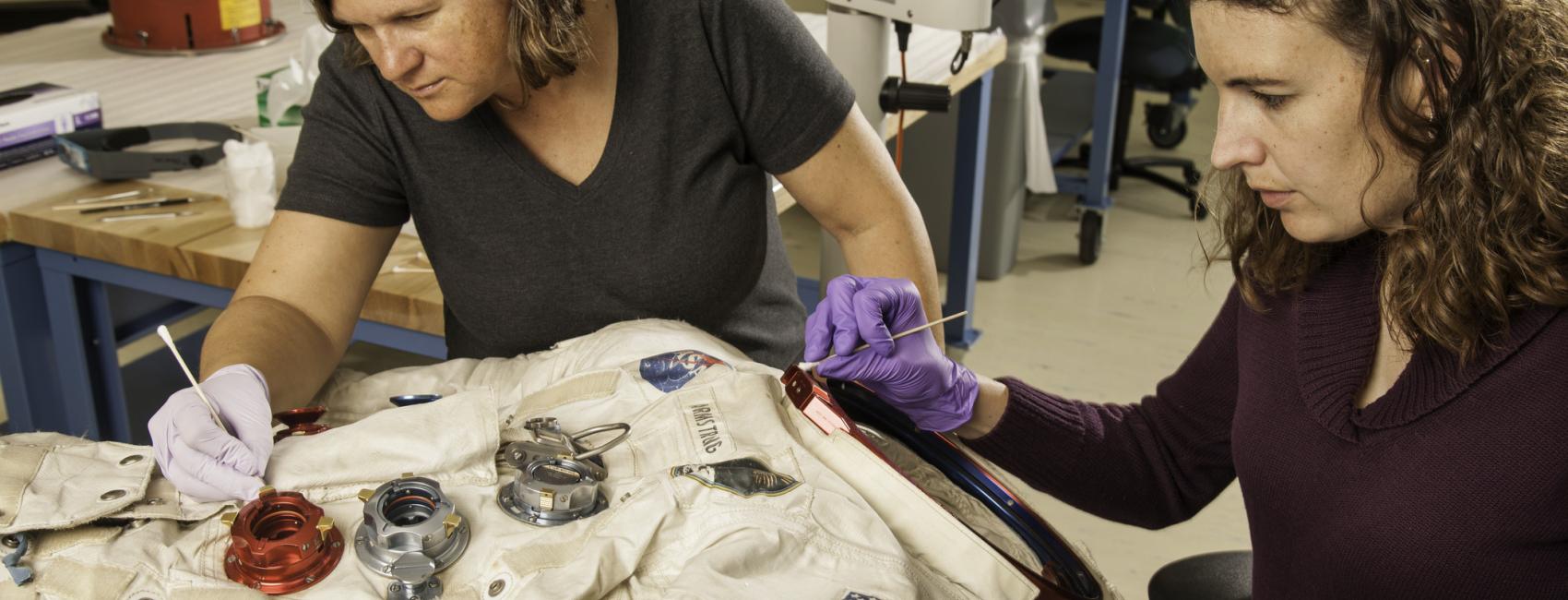Aug 06, 2012
“You put an X anyplace in the solar system, and the engineers at NASA can land a spacecraft on it,” so said actor Robert Guillaume in an episode of “Sports Night,” a situation comedy about a team that produced a nightly cable sports broadcast in 2001. Amen brother, the team that landed Curiosity proved the truth of that statement one more time with the successful landing of a big rover on Mars in the wee morning hours of August 6, 2012! It was a stunning success.
 This is the first image taken by NASA's Curiosity rover, which landed on Mars the evening of Aug. 5 PDT (morning of Aug. 6 EDT). The rover's shadow is visible in the foreground. Photo Credit: NASA/JPL. Photo Number: PIA15969-428
This is the first image taken by NASA's Curiosity rover, which landed on Mars the evening of Aug. 5 PDT (morning of Aug. 6 EDT). The rover's shadow is visible in the foreground. Photo Credit: NASA/JPL. Photo Number: PIA15969-428There was nothing magic about it, but the event itself transcended the hard-edged scientific and technological knowledge that made the latest Mars landing successful. After years of hard work and dedication, the team working on Mars Curiosity had their moment of truth about 1:30 a.m. EDT this morning. The first data back demonstrated that the rover has reached the surface of the red planet safely, and the first images to reach Earth showed where Curiosity was sitting on the Gale Crater floor. It was euphoric,…at mission control, around NASA, in numerous science centers, and in Times Square where thousands gathered to watch the proceedings. It was a geek’s dream come true as the folks in Times Square watching on the big screen began chanting “sci-ence, sci-ence, sci-ence.” Of course there is more to do—a lot more—as Mars Curiosity begins its multi-year mission to explore the Gale Crater and to climb Mt. Sharp in its center. Curiosity brings to the red planet’s surface a formidable life sciences laboratory that may well help us resolve beyond serious question whether or not life ever existed on Mars. This rover is the first full-scale astrobiology mission to Mars since the Viking landers of 1976. Having followed the water, and found evidence of it, it is now time for NASA to answer this massively large question: Are there locations on or under the surface that could have supported—or might still support—life on Mars? This is a bold question requiring the boldest type of mission to answer it. Mars Curiosity has 10 different instruments designed to help find the answer to this question. It will look for processes that might have preserved clues about life, either now or in the past, on the Red Planet.
 Reaction in Times Square as Mars Curiosity landed in the early morning of August 6, EDT. Photo Credit: CS Muncy.
Reaction in Times Square as Mars Curiosity landed in the early morning of August 6, EDT. Photo Credit: CS Muncy.So here’s to the team that landed Curiosity on the surface of Mars in a very small target inside Gale Crater! All I can say at present after the superb Martian landing is drive on Curiosity, drive on!

We rely on the generous support of donors, sponsors, members, and other benefactors to share the history and impact of aviation and spaceflight, educate the public, and inspire future generations. With your help, we can continue to preserve and safeguard the world’s most comprehensive collection of artifacts representing the great achievements of flight and space exploration.
We rely on the generous support of donors, sponsors, members, and other benefactors to share the history and impact of aviation and spaceflight, educate the public, and inspire future generations. With your help, we can continue to preserve and safeguard the world’s most comprehensive collection of artifacts representing the great achievements of flight and space exploration.